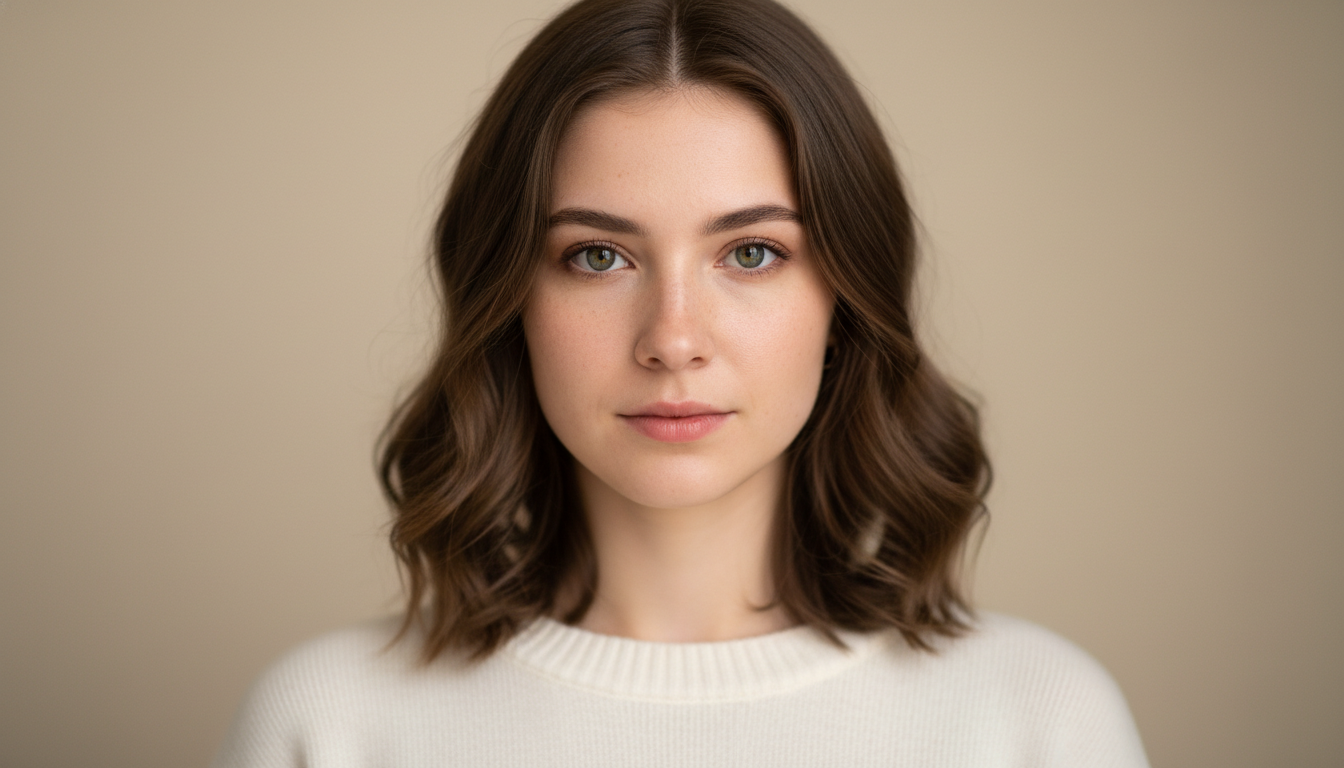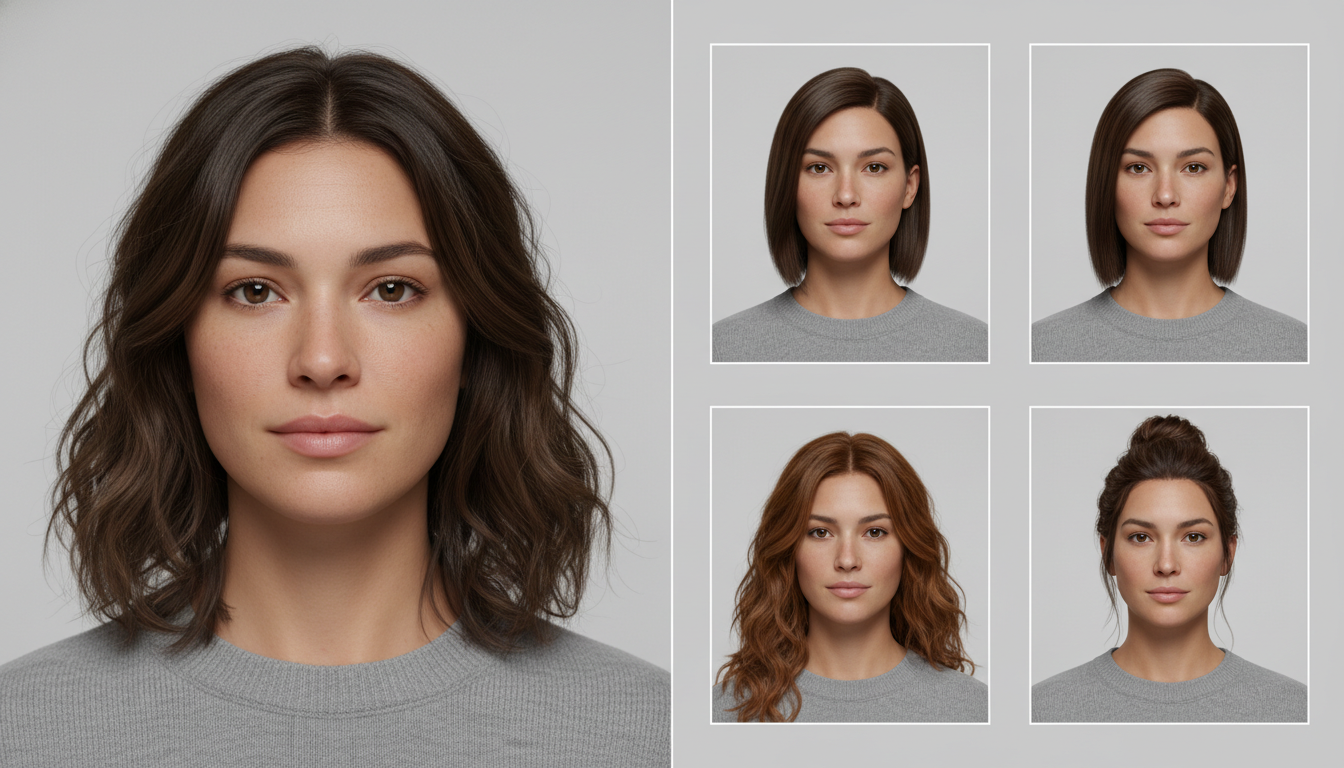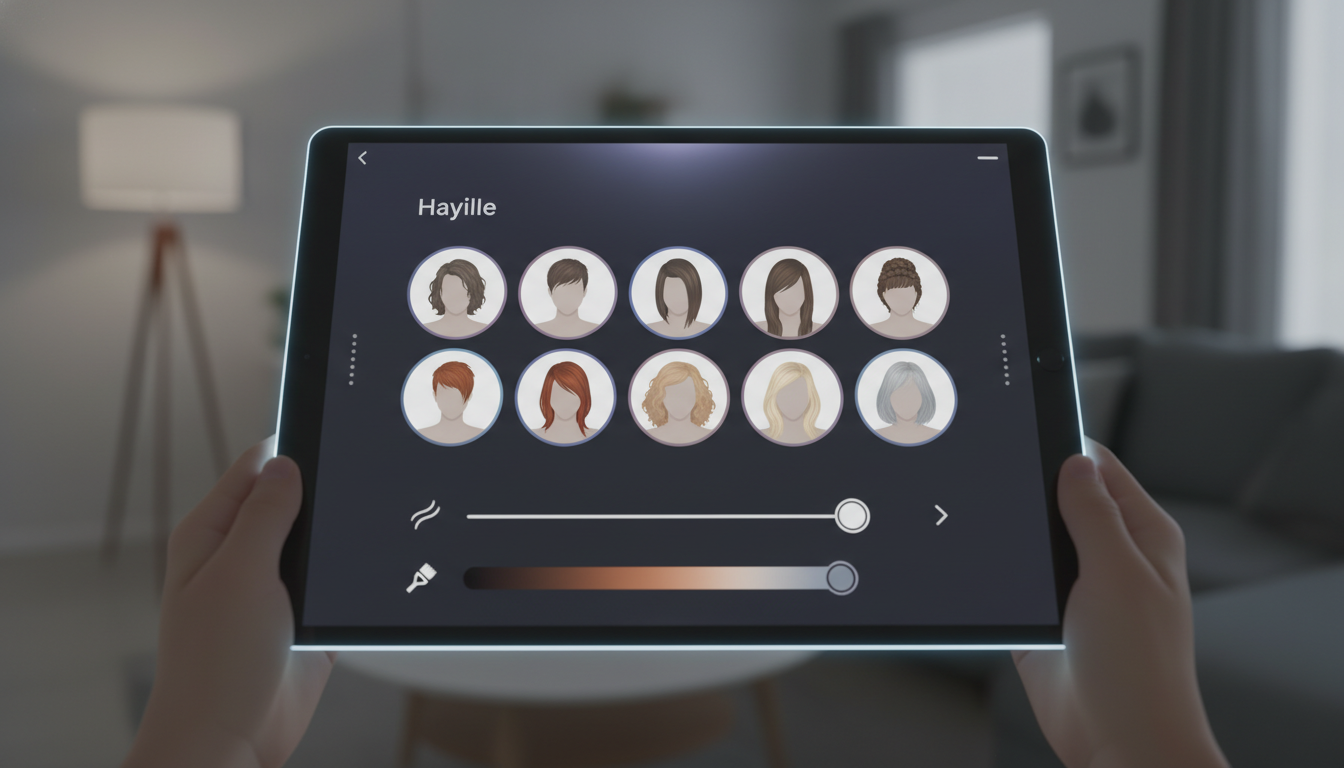What is an AI hairstyle changer and can CoopeAI generate different hairstyles from uploaded images? An AI hairstyle changer is a visual-editing service that accepts user photos and synthesizes alternative haircuts, lengths, textures, and colors while preserving facial identity and lighting. CoopeAI (and similar services) let users upload frontal photos and then produce multiple styled outputs using pipelines that combine face-landmark alignment, hair segmentation, and generative models such as conditional diffusion models or GAN variants. The result is a realistic try-on preview that helps consumers and stylists assess looks before committing to a real haircut.
How CoopeAI and peer products transform an uploaded portrait into multiple hairstyles
AI hairstyle systems follow a predictable multi-stage pipeline: (1) input validation and face landmark detection, (2) semantic segmentation and hair matting, (3) conditional synthesis of hair shape and texture, and (4) realistic blending and color correction. Face landmarking aligns eyes, nose, and jaw so synthesized hair fits the geometry; segmentation isolates hair pixels to avoid bleeding into skin or background. Generation uses either conditional diffusion models or generator networks (StyleGAN derivatives) trained on paired or unpaired hair datasets to produce diverse lengths, styles, and colors. Final blending adjusts illumination and edge anti-aliasing so the output looks photographically consistent.

What models and research underpin realistic hairstyle synthesis
Historically, GANs such as NVIDIA's StyleGAN family advanced photorealistic portrait synthesis and style interpolation; see the StyleGAN2 paper for architecture details. Recent progress leverages conditional diffusion models for higher-fidelity, controllable edits and color handling. For reference, foundational work includes StyleGAN2 and the broader image-generation research summarized by OpenAI DALL·E research. These models are adapted with hair-specific loss functions, segmentation priors, and perceptual metrics (LPIPS) to keep identity while changing hair attributes.
Which consumer apps and services provide this functionality and how do they differ
- Hair-style.ai offers 60+ preset styles and face-shape recommendations aimed at quick consumer trials; it focuses on preset galleries and real-time previews.
- Hairstyle – AI Hair Changer targets mobile users with separate flows for men and women and emphasizes an inspiration gallery for salon visits.
- AIHairChanger.com provides a single-click upload-and-preview experience and markets itself to content creators and salon clients.
- insMind markets an instant web-based try-on with face-shape detection and mobile-first UX.
CoopeAI distinguishes itself by emphasizing image upload flexibility and multi-style batch generation, but all these products trade off control vs. speed: more control (custom masks, multi-angle inputs) usually increases compute and latency.

How to evaluate realism, fit, and safety of generated hairstyles
Quantitative metrics include FID (Fréchet Inception Distance) and LPIPS for perceptual similarity; lower FID and LPIPS closer to human judgments of realism. User-facing KPIs are perceived realism, hairstyle fit (measured by landmark overlap and hairline alignment), and retention (how often users save/share or proceed to salon booking). In controlled tests, adding segmentation-guided losses reduces hair-skin artifacts by measurable margins and improves user acceptance. For design teams, A/B tests with salon partners on conversion and actual haircut follow-through are the strongest operational validators.
What privacy, legal, and bias risks should product teams address
Using face photos implicates personal data rules in many jurisdictions. Ensure explicit consent, clear retention policies, and export controls: GDPR principles require lawful basis and minimization; see GDPR guidance for compliance basics. Facial processing also raises fairness concerns—models trained on imbalanced datasets can produce worse results for certain hair textures and skin tones. NIST's face recognition evaluations highlight demographic performance gaps; consult NIST FRVT when auditing bias. For IP and content-moderation concerns, adopt provenance metadata and opt-out flow for user-uploaded images.
UX and product recommendations for implementing image upload and try-on
- Provide explicit photo guidance: frontal pose, neutral expression, minimal occlusion, consistent lighting, and no heavy makeup to improve model output quality.
- Offer multi-angle uploads (front + 3/4) to synthesize 3D-consistent hair shapes and reduce artifacts.
- Expose simple sliders for length, color, and texture while keeping advanced toggles (mask edit, hairline shift) in an expert mode.
- Implement on-device preprocessing (face landmarking, downscaling) to reduce server cost and latency while uploading encrypted originals.
- Let users save and export high-res images, share presets with salons, and book in-app appointments to monetize conversions.

How consumers can get the best results when using CoopeAI-like upload tools
To maximize realism and fit: (1) upload a clear frontal photo with hair pulled back for accurate hairline detection or provide a neutral baseline photo, (2) prefer natural lighting and plain backgrounds, (3) try multiple styles and angles, and (4) review privacy settings and image retention policies before uploading. If the tool supports masks or manual hairline adjustments, use them to correct boundary errors. Always cross-check the generated color under real-world lighting—on-screen saturation may differ from salon dye outcomes.
Business models, partnerships, and go-to-market strategies in 2025
Monetization commonly combines freemium preview, paid high-res downloads, subscription style packs, and salon-partner referrals. API partnerships let salons integrate try-on into booking flows, increasing conversion and reducing no-shows. Startups should consider strategic data partnerships for diverse hair datasets and invest in fairness auditing to avoid demographic performance problems that hinder adoption.
Actionable rollout checklist for product teams building an image-upload hairstyle changer
- Collect diverse hair datasets and run fairness audits using demographic slices.
- Implement secure upload, short retention windows, and explicit consent dialogs per GDPR.
- Build a two-tier UX: quick presets for consumers and advanced editing for stylists.
- Measure FID/LPIPS and user conversion metrics; iterate with salon pilot groups.
- Add provenance metadata and user controls for deleting images and model outputs.
According to OpenAI DALL·E research and the StyleGAN2 architecture paper, image generation has matured to support controllable edits; combining these techniques with robust segmentation and ethical practices is central to deploying reliable hairstyle try-on experiences in 2025. For legal baseline and privacy compliance, follow GDPR guidance and consult local data-protection authorities as needed.